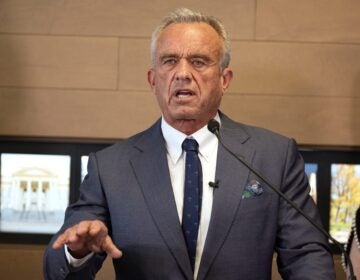Can dogs really act or is it all an illusion?
Clever choreography, a strong bond between dog and trainer … and evolutionary psychology?
Listen 08:12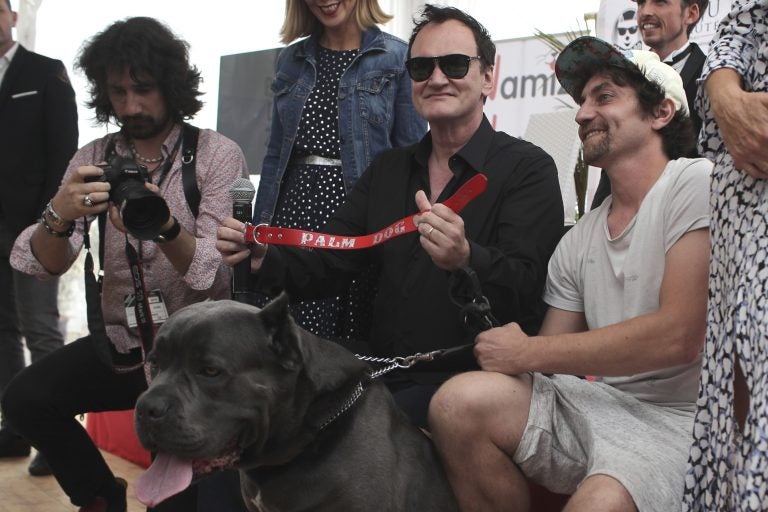
When Quentin Tarantino accepted the Palm Dog award at the 2019 Cannes Film Festival, he called Sayuri, the dog actor in "Once Upon a Time... in Hollywood" a "good actress." What does it mean for a dog to act? (Petros Giannakouris/AP Photo)
Quentin Tarantino’s “Once Upon a Time … in Hollywood” won a single award at the most recent Cannes Film Festival: the Palm Dog Award.
The award went to Sayuri, a meatball of a pitbull who played Brad Pitt’s dog in the movie. She was both a loyal friend and a fierce fighter.
Tarantino said that when he was editing “Once Upon a Time,” he started seeing things in Sayuri’s face, and appreciating what a great performance she gave.
“I realized, she’s kind of a good actress,” he said in his Palm Dog acceptance speech.
Is Tarantino onto something? What does it mean for a dog to be a good actor?
A vulnerable hero
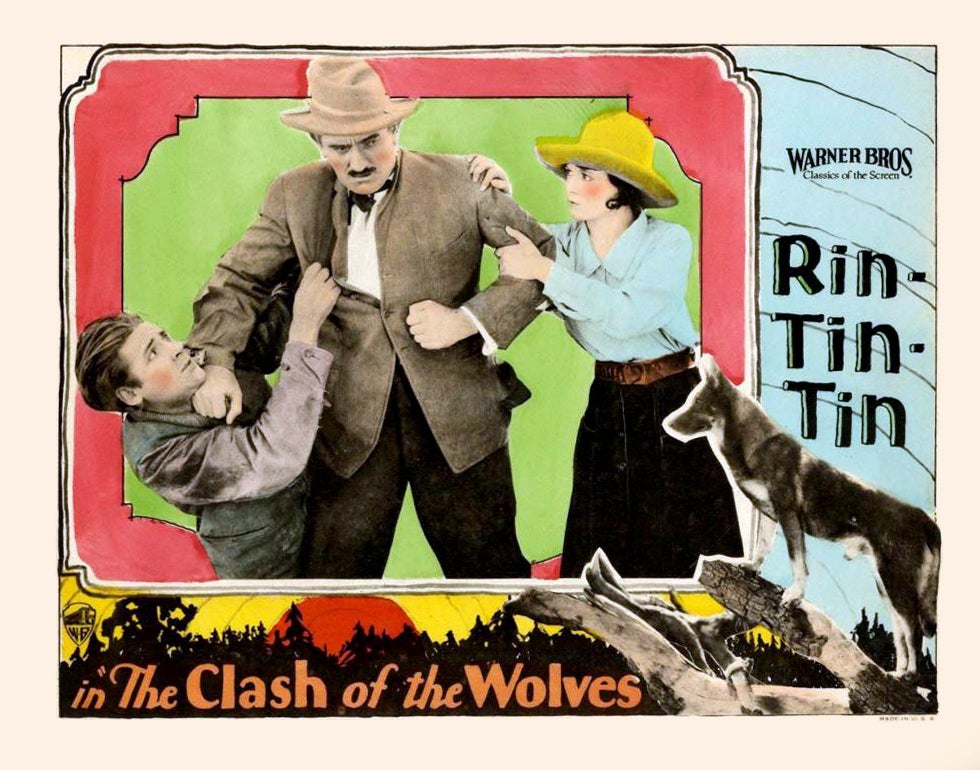
In the 1925 Western, “Clash of the Wolves,” there’s a scene where the main character, a heroic wolfdog named Lobo, gets injured.
He’s the leader of his pack, and he doesn’t want to be a liability, “because he knows that he will attract danger to his pack if he stays with them,” said Susan Orlean, author of Rin Tin Tin: The Life and the Legend.
So the dog hobbles to the edge of a cliff, which he plans “to hurl himself off of,” Orlean said.
This scene is one of Orlean’s favorites, because in it Rin Tin Tin looks truly sad. Maybe it’s the look in his eyes, or the way he holds his body. Either way, “you believe it!” she said. “And you watch him, and he looks really depressed. And you feel silly afterwards thinking, ‘Oh my god, it’s a dog acting.’”
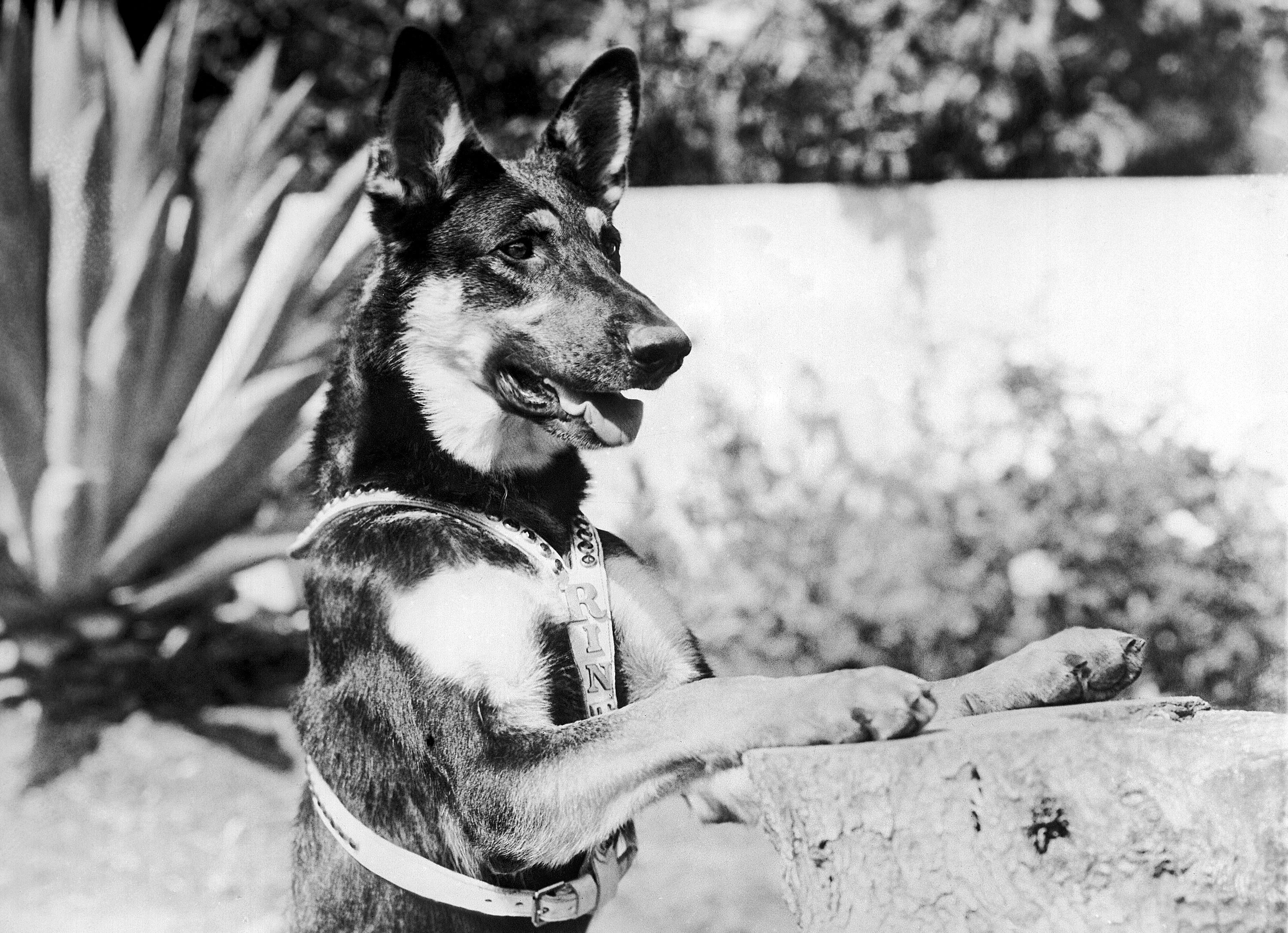
Of course, Rin Tin Tin couldn’t read the script. “But he does make you feel moved, the way a human actor would move you,” Orlean said. “You feel that he understands what the story is and how he should be presenting himself … it defies logic. It’s funny to say, but he really was a good actor.”
Rin Tin Tin was an incredible athlete and stunt dog. He climbed trees, and leaped over walls that were 12 feet high. But, beyond that, it seemed as if he could convey pathos.
“He was really able to project emotion, and to appear vulnerable,” Orlean said.
A dog’s emotional landscape
What’s going on when a dog like Rin Tin Tin seems to be conveying emotion, deep emotion, to the point of moving us?
The first step is to understand the actual emotions dogs can feel.
Mary Burch, an animal behaviorist said, in general, think of them as having about the emotional range of a 2-year-old human.
“Dogs have many of the same basic emotions as humans,” Burch said. “So they show us joy and fear, excitement, depression, anger.” They can feel frustrated, surprised, and relaxed. They feel love, or attachment.
What dogs don’t experience, behaviorists think, are some of the more complex emotions, like pride, shame, or guilt. You might think your dog is feeling guilty when he’s eaten something from the garbage and is acting skittish. But that’s likely just conditioning. Your dog is anticipating punishment and feeling scared, not guilty.
“He’s in the garbage, the owner screams and yells, and finally he begins to look kind of fearful or guilty — what looks guilty to humans — when he’s engaging in those behaviors,” Burch said.
So if dogs don’t have the full deck of human emotions, how can you get them to pull off emotional scenes?
Teaching a dog to perform, with feeling
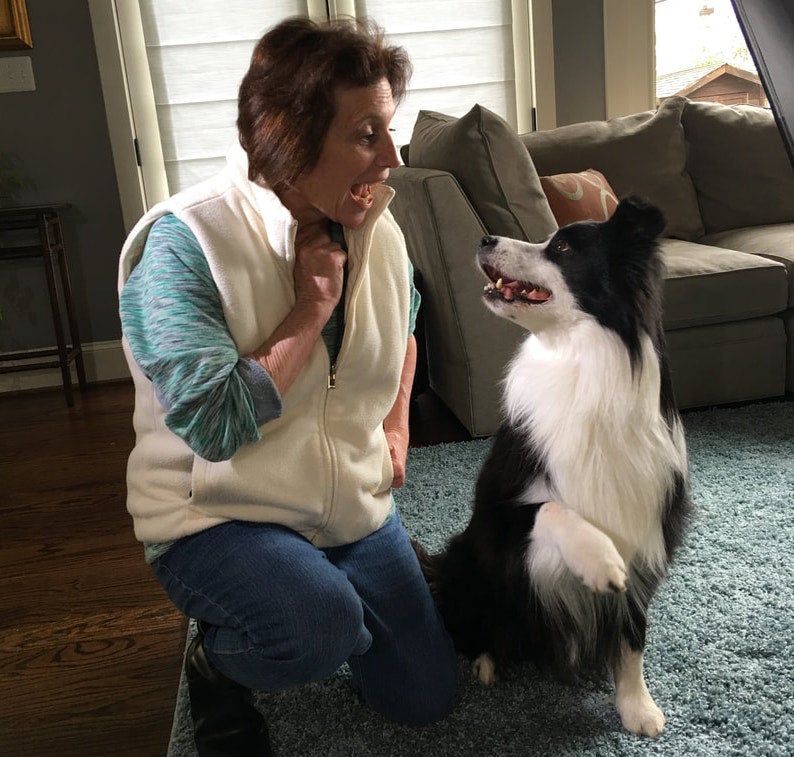
Carol Rosen lives in Maryland and trains dogs in show biz. She worked on the TV series “House of Cards” and several films, including “Game Change” with Woody Harrelson and Julianne Moore, and “Unstoppable” with Denzel Washington and Chris Pine.
You can elicit the basic emotions dogs feel by tapping into their natural instincts, like hunting or herding, Rosen said. Think of it as method acting, for dogs.
She showed some training videos from a commercial she worked on, which called for a dog to vigorously shake the feathers out of a pillow.
Rosen started by harnessing the dog’s play and predation instincts. “I’m enticing her prey drive with this pillow,” she said. “What I’m doing is using the instinct of the dog, which is ‘I’m having fun and I’m killing it.’”
Once she’s activated the dog, Rosen can turn this behavior into a performance: “Kill it.”
“‘Kill it’ is shake it — give it a kill shake to break its spine,” Rosen said.
So that’s playfulness, aggression, or excitement. But what if you want a dog to act out a more complex emotion, like shame?
Rosen said she would try to simulate how a human might act out shame. It’s like a magic trick — you’re creating an illusion.
“We’re going to teach behaviors where the dog puts his head down and then puts a paw over his eyes,” she said.
With her German shepherd Jessie, Rosen demonstrated how she’d shape these behaviors.
“We teach them a command called ‘touch,’” she said. “A dog will naturally reach out and touch your hand.”
From there, Rosen can use her hand to direct Jessie’s head down. With a lot of patience, she builds up from these basic movements — step by step — to create long chains of behaviors or stunts.
But while a trainer can teach a dog to cover its eyes, it’s the audience filling in the rest and calling it “shame” or “guilt.”
Hardwired to relate
One thing that helps us fill in the gaps is the fact that dogs’ faces work somewhat similarly to ours.
Leslie Irvine, director of the animals and society program at the University of Colorado Boulder, said dogs have co-evolved alongside humans for thousands of years. In many ways, we’re cognitively hardwired to relate with, and map our emotions onto, dogs.
For instance, dogs and humans can communicate through gaze. Researchers have found that when humans and their dogs look into one another’s eyes, they both experience spikes in oxytocin, the brain chemical associated with trust and bonding. The longer the gaze, the bigger the spike.
In other studies, “expert dog trainers have been asked to interpret dogs’ facial expressions in a variety of settings,” Irvine said, and the trainers have been “pretty much on target, in terms of whether they’re able to pick up whether dogs are happy, sad, surprised, neutral, disgusted.”
When dogs are happy, they often open their mouths and loosen their lips. When they’re curious, they’ll tilt their heads. A nose wrinkle paired with a snarl might mean, “I’m annoyed, back off.”
Dogs have even evolved a whole new facial muscle that wolves don’t have: the levator anguli oculi medialis. It allows dogs to raise their eyebrows — which they can use to express surprise, interest, or sadness. And it’s thought this muscle evolved because it enhances communication between dogs and humans.
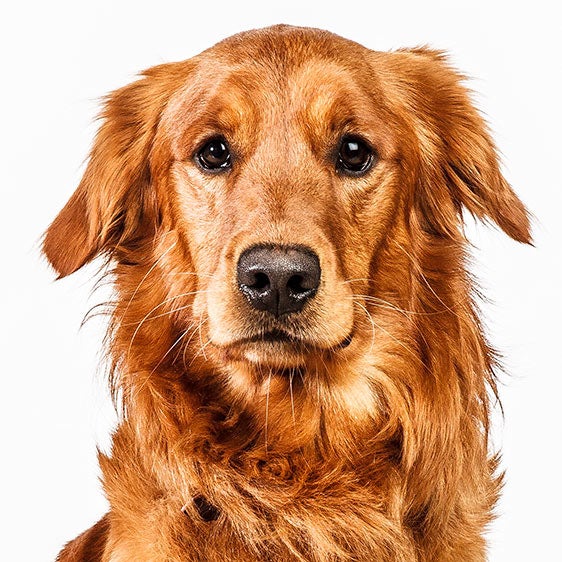
The dog-trainer connection
This hardwiring for human-dog empathy gets at the last thing that makes a dog a good actor: a super tight bond with its trainer.
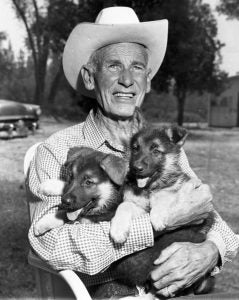
Remember Rin Tin Tin? Not only was he very athletic and very smart, he had an extraordinarily strong connection with his trainer, Lee Duncan.
Duncan “had really a lonely childhood,” Susan Orlean said. “He grew up on a ranch that was quite isolated, and didn’t have any playmates except for the animals on the ranch.”
As a young soldier during World War I, Duncan came across Rin Tin Tin on a battlefield in France. He decided to keep the puppy and raised it in his barracks during the war. The two formed an intense partnership.
“The connection was so deep,” Orlean said. “I mean, we all love our dogs. But for Lee Duncan, this was a really singular emotional connection, and they were never apart.” On set, it was always Duncan who was behind the camera, giving Rin Tin Tin cues.
Trainer Gabby Scott and her miniature American shepherd, Taco, have a similar bond. They live in Maryland, and Scott has trained Taco from his earliest days.
He can sneeze on command, walk on a rolling barrel, and weave between Scott’s legs, forward then backward. When Scott lies on the floor with her legs up, Taco jumps up, then spins around while balancing on her feet.
Taco’s worked on a lot of commercials, and some amateur films too. He seems to have endless enthusiasm for training — and he adores Scott. His favorite toy is a soft orange disc, and he wants nothing more than for Scott and him to play tug with it.
Back to Rin Tin Tin and that scene on the cliff. Rin Tin Tin is limping, then crawling, toward the cliff’s edge. At some points, he lies down, like he’s ready to give up. It’s an impressive sequence of behaviors — no doubt Duncan was behind the camera, giving the dog the cues they’d practiced in training.
But that deep vulnerability — the sadness in his eyes that Orlean wondered about? The whole time he’s on that cliff, the audience never even gets a really close look at Rin Tin Tin’s face.
It turns out, there’s a lot that makes a dog a good actor: talent, clever choreography, a strong bond between dog and trainer, and us … our minds, filling in what we want to see.
Put that all together, add a compelling story and a stirring soundtrack — it’s no wonder we love, and feel moved by, dog movies.
WHYY is your source for fact-based, in-depth journalism and information. As a nonprofit organization, we rely on financial support from readers like you. Please give today.






